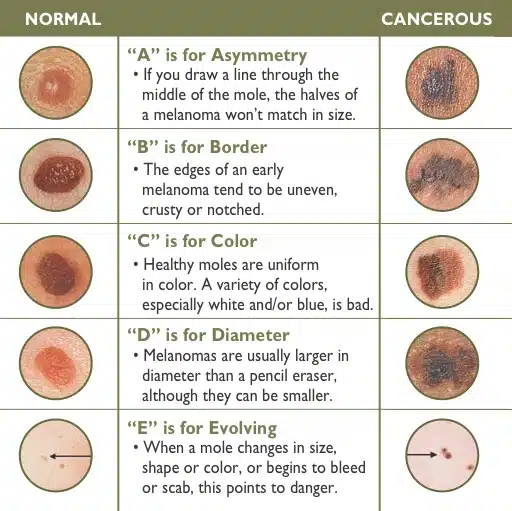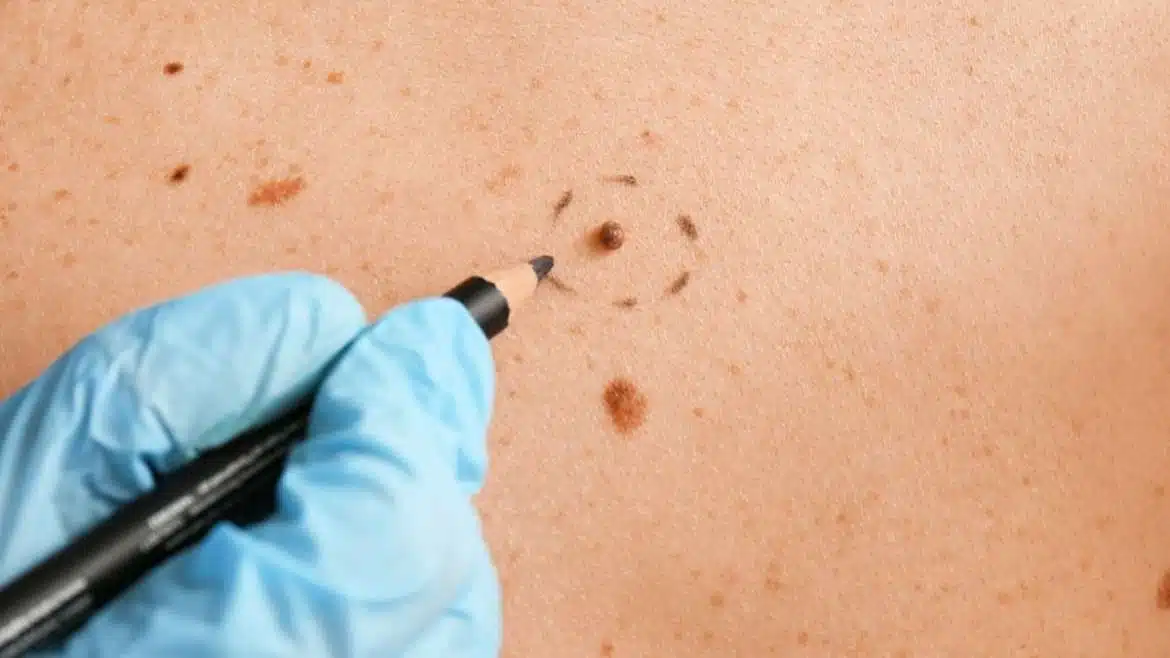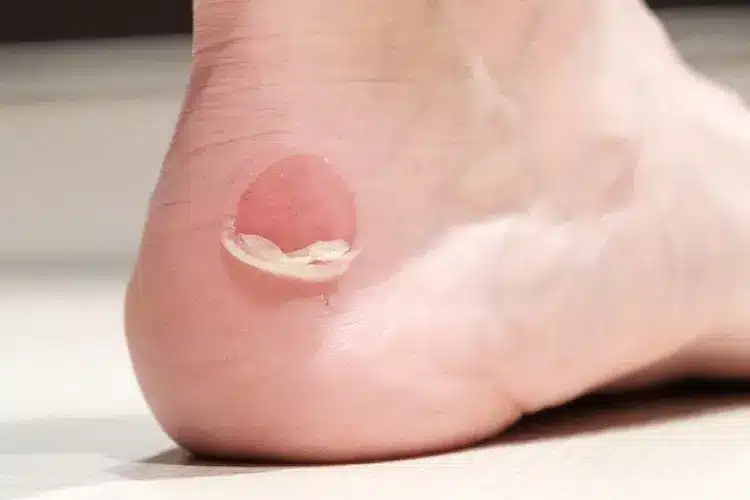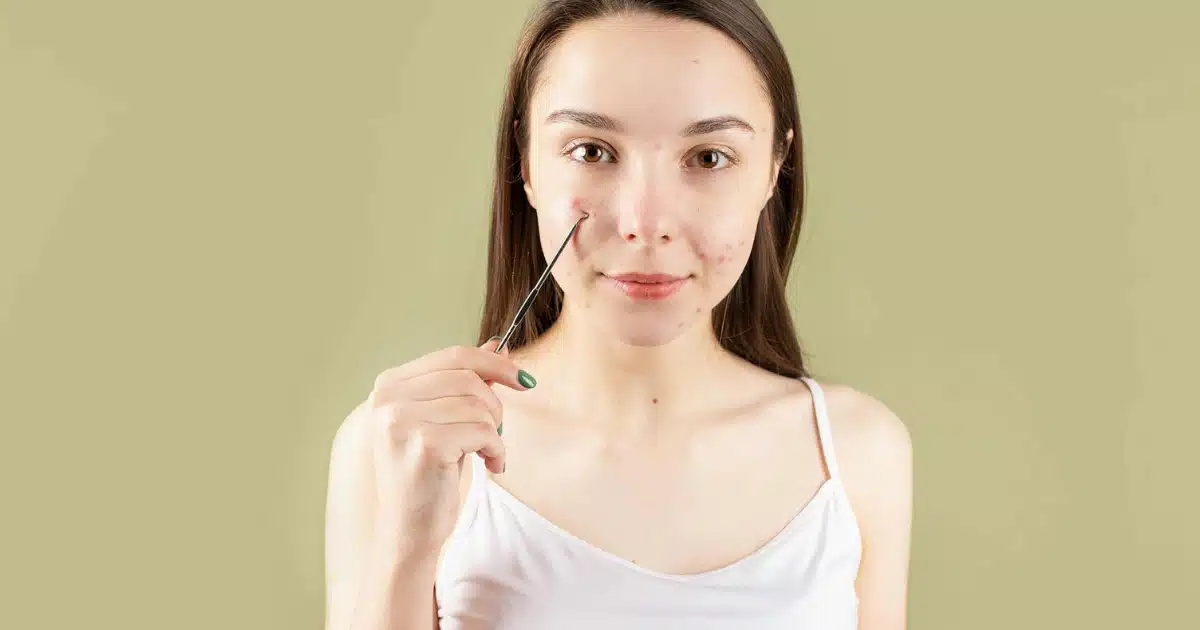Mole Removal in Malaysia Moles are common skin growths that appear as flat or raised brown or black spots. While treatment is medically necessary for cancerous moles, many Malaysians choose to remove benign (non-cancerous) ones for.
Mole Removal in Malaysia
Moles are common skin growths that appear as flat or raised brown or black spots. While treatment is medically necessary for cancerous moles, many Malaysians choose to remove benign (non-cancerous) ones for cosmetic reasons—especially if they are in a prominent location or cause self-consciousness. If you are considering this procedure, it’s essential to understand the safe and effective mole removal options available in Malaysia.
What Are Moles?
Moles (Nevi) are common skin growths that are caused by pigment cells called melanocytes, which can cluster together along the skin. Moles appear as small brown spots and can manifest anywhere on the body.
How Moles Develop?
When melanocytes cluster together, a mole occurs. Some moles are present at birth, while other moles develop during childhood. Most non-cancerous moles appear before age 25. By the time someone reaches adulthood, it’s common to have several moles. In fact, the average person has between 20 and 40 moles on their body.

Cancerous vs Non-Cancerous Moles
Most moles are not dangerous, and it’s normal for them to slowly change over time as part of the natural aging process. If you notice any of the following about your moles, it’s best to have a dermatologist look at it to ensure it’s benign.
- The mole appears in adulthood, or after the age of 25
- The mole has recently changed in height, color, shape or size
- The mole is asymmetrical
- The borders of the mole are irregular
- The color of the mole changes throughout, or has recently changed
- The diameter of the mole is larger than a pencil eraser
Some moles, even those you’ve had forever, can develop into skin cancer. However, it is not common practice to remove all moles as a “preventative” approach.
Mole Removal Options
If a doctor suspects the mole is cancerous, a biopsy will be performed, and the mole will be sampled for further evaluation and determine need for further treatment.
Smaller moles can be removed with the surgical shave method. Your doctor will numb the area with a local anesthetic, then shave off the mole. While your skin will take time to heal, you won’t require stitches. Small moles may also be cauterized to prevent the mole from growing back.
Larger moles are routinely removed with the surgical excision method. Your doctor will numb the area, then cut out the entire mole, including some of the tissue behind it. Sutures will keep the area closed while it heals.
Even if your mole was harmless-looking, your doctor will likely send the removed tissue to be tested for cancer.
Cosmetic Mole Removal Options
If a mole is benign and being removed for purely cosmetic reasons, there are several removal options available including the following:
Mole Removal Topical Creams
For flat moles, peeling or whitening creams may help reduce the mole’s visibility over time. A consultation with a dermatologist can help you assess if this is an appropriate method of mole removal for your flat mole.
Chemical Peels
Deep chemical peels may be able to reduce the visibility of flat moles. A peel works by exfoliating the top layers of skin, which triggers newer skin cells to rise to the surface. Chemical peels can be an effective means of correcting discoloration, although it may require more than one visit. It is primarily used to make the mole less obvious.
Laser Treatments
Laser treatments lighten flat moles by targeting melanocyte cells and addressing discoloration in the skin. Pigmentary lasers are absorbed by melanin-producing cells, which are destroyed by the heat. Laser treatment works best for those with light skin and dark moles. It may require several visits before the mole is completely removed. Similar to chemical peels, it is primarily used to make the mole less obvious.
Cauterization
Small, non-cancerous moles can be removed via cauterization. First, a local anesthetic is applied to the area to eliminate pain. Then, the surgeon shaves the mole off the surface of the skin, using a small device to burn away the last layers and prevent the mole from growing back.
Cryosurgery
Cryotherapy is similar to cauterization, but uses cold versus heat to remove the mole. Moles are frozen with liquid nitrogen, which causes the cells to die. Within 1-6 weeks of the office visit, the mole falls off on its own. This is primarily used on flat “sun spots”.
Excision
Excision is surgical removal of the mole. This requires stitches and trades the mole for a linear scar. This is primarily use for raised moles to ensure they do not come back.
Shave removal
Shave removal is a procedure where the mole is “scooped out” flush with the skin. It leaves a small roundish scar. It is primarily used for thin or superficial looking moles. It does leave the potential of the mole recurring.
Does Laser Mole Removal Hurt?
Your doctor will clean the area and then inject a local anesthetic prior to mole removal. You might feel the quick pinch of this needle, but you should feel no pain at all during the procedure.
Laser mole removal can take as little as a few minutes or as long as an hour, depending upon the size of your mole. If you need stitches, you should feel only mild discomfort, as the local anesthetic will still be working.
After the procedure, expect some mild discomfort or itching as the area heals.
Recovering from Mole Removal
Depending on the method of mole removal used, your doctor may place a few stitches at the removal site, or cover it with a small bandage. You’ll be given aftercare instructions to reduce the visibility of scarring and ensure proper healing.
After your mole removal, keep the area clean and follow your doctor’s instructions. The biggest risk with mole removal is infection. Stitches should be kept dry for at least 2-3 days after your mole removal. Avoid excessive sweating, long showers or strenuous exercise during this time. If you don’t have stitches, simply clean the area daily with mild soap and water, then apply an anti-bacterial cream.
While there may be some mild tenderness in the area during the first week, patients are typically able to return to daily activity right away. How long it takes you to fully heal depends on your general health and age (younger people heal more quickly), and the size of the mole you had removed.
Moles can regrow if some cells remain after treatment, but in general, mole removal is considered permanent when done by a skilled and experienced doctor.
Mole removal will leave a small scar where the mole once was. A skilled aesthetic physician will use very fine sutures and create a minimal incision, but scars cannot be completely avoided. To minimize scarring, avoid stretching the area while it heals, and be mindful of sun exposure.
Risks And Side Effects of Mole Removal
Mole removal is a relatively safe procedure, but it carries risks such as infection, excessive bleeding, and unexpected scarring. Those with dark skin also have an increased risk of developing permanent pigmentary changes or raised scars. Therefore, to ensure your safety and the best possible cosmetic outcome, it is essential that the procedure is always performed by a certified aesthetic doctor.
Tips to Minimize Scarring After Mole Removal
Surgically removing a mole will result in a small scar. For most people, this scar will fade over time to the point where it becomes completely unnoticeable. To minimize scarring, consider the following:
- Follow your doctor’s post-treatment advice as closely as possible
- Avoid sun exposure while you’re healing to reduce risk of permanently darkened scar tissue
- Keep the incision site clean and well moisturized while you’re healing
- Allow scabs to form and fall off on their own, with no interference, picking or pulling
- Once stitches are removed and scabs are gone, gently massage the site twice daily
In general, non-cancerous mole removal is a safe and quick in-office procedure. For most people, the resulting self-confidence is well worth the minimal risk.
Book Your Free Consultation Today!
Regions Clinic | LCP Certified Aesthetic Clinic in Kuala Lumpur




